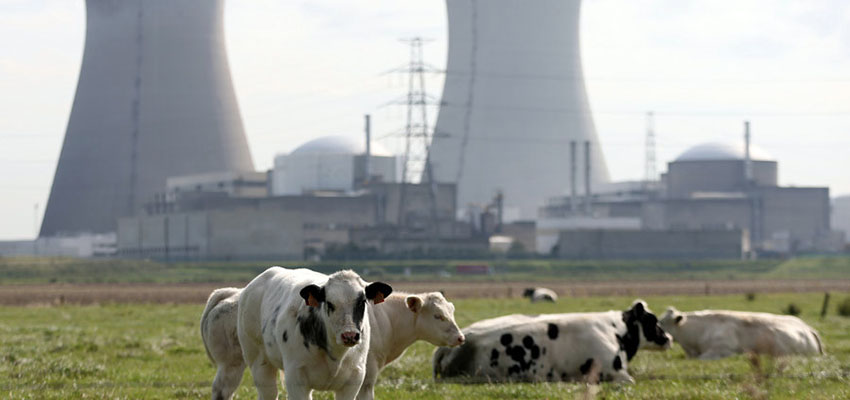Difference between revisions of "project02:Frontpage"
| Line 3: | Line 3: | ||
<div style="height:30px; width: 850px; margin:0px; padding: 0px; padding-top: 20px; border: 0px;"> | <div style="height:30px; width: 850px; margin:0px; padding: 0px; padding-top: 20px; border: 0px;"> | ||
| − | [[File:title_pic.jpg| 850px]] | + | [[File:title_pic.jpg| 850px]] |
<div style="float:left; width: 120px; height 30px; border: 1px solid #aaa; margin-right:10px;" align="center">[[project02:Frontpage|'''project name''']]</div> | <div style="float:left; width: 120px; height 30px; border: 1px solid #aaa; margin-right:10px;" align="center">[[project02:Frontpage|'''project name''']]</div> | ||
| Line 16: | Line 16: | ||
<div style="float:left; width: 120px; height 30px; border: 1px solid #aaa; margin-right:10px;" align="center">[[project02:diverse|'''diverse ''']]</div> | <div style="float:left; width: 120px; height 30px; border: 1px solid #aaa; margin-right:10px;" align="center">[[project02:diverse|'''diverse ''']]</div> | ||
| + | </div> | ||
== Idea and concept == | == Idea and concept == | ||
| − | |||
| − | |||
| − | |||
| − | |||
| − | |||
| − | |||
<div> | <div> | ||
Revision as of 13:18, 20 September 2016
Idea and concept
Nowadays often put on one level with districted and highly guarded areas, nuclear power plants are a controversially discussed topic of our time. While some countries in Europe have already started to gradually shut down their nuclear plants decades ago, others still pursue their atomic energy strategies and build new ones.
Against this background, the following project elaborates on the potentials of these areas for conversion. It addresses questions such as how parametric design tools and robotic manufacturing can help to turn these former danger zones into livable environments. Especially the structure of the cooling towers is of value in many different ways. There is the efficiency in construction, the slim aesthetics and the cultural aspect, which links these structures unbreakable with some sort of dangerous place.
At the same time without maintenance these old concrete cooling towers are reconquered by nature very fast. There are many living organism and plants, like ivy, moss or barnacles which cover any kind of object in specific ways often according to climatic factors, such as sunlight and nutrition.
In conclusion, my approach for this design project focuses first on disused cooling towers and possible conversion scenarios for future use. In term of the design process, I will establish natural growth of organisms as the driving force to develop an architectural idea. What triggers me the most is the appearing ambiguity between former danger zones and a hypothetical, but theoretically possible future use that will always remain a landmark of our time.

